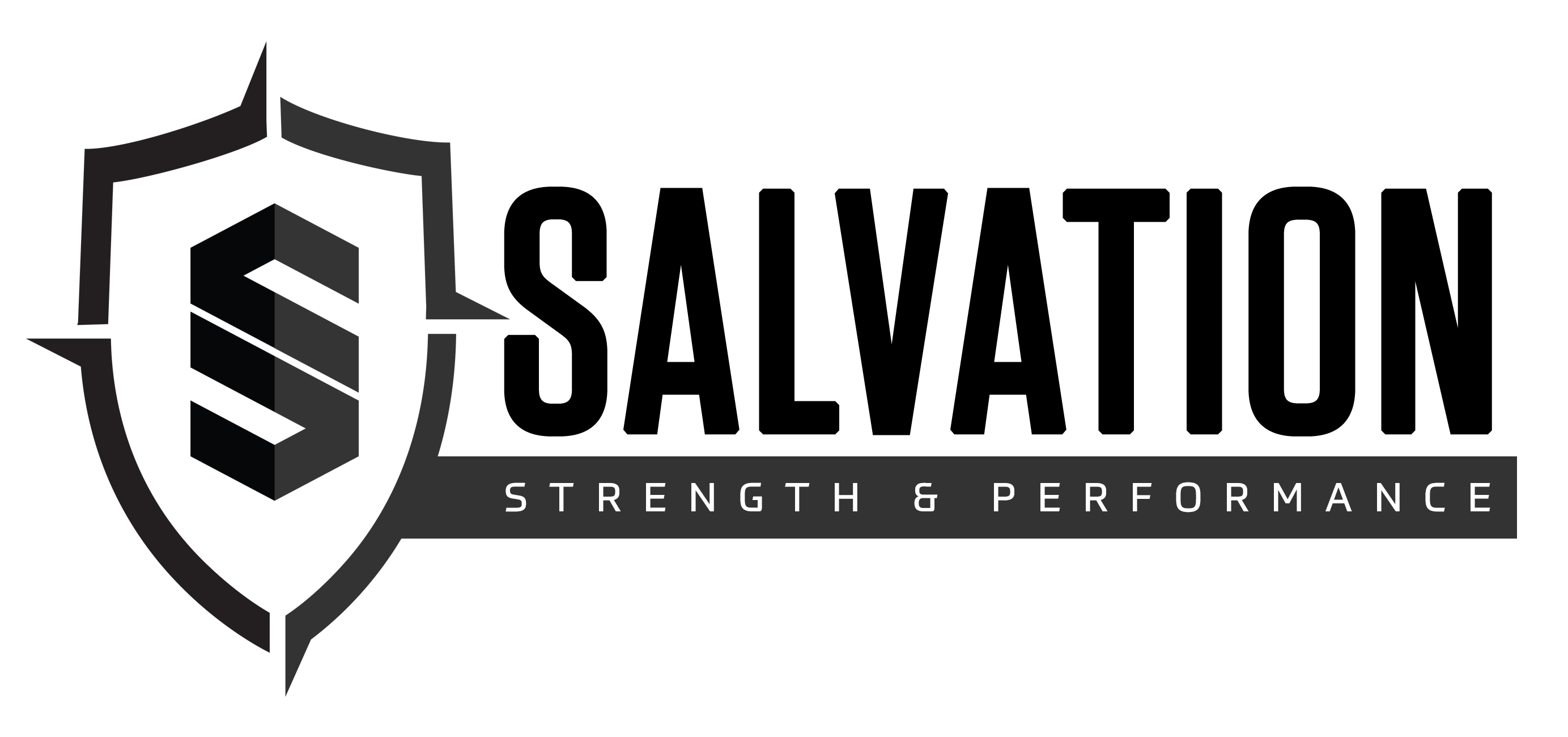Unlock Your Strongest Self:
The Blueprint for Getting Jacked, Powerful, and Unstoppable
If you’re tired of fitness plans that lead nowhere, it’s time to get serious. You want real muscle, real strength, and real capability—not just the appearance of fitness. This isn’t about endless hours on the treadmill or gimmicky quick fixes. This is about building a body that not only looks jacked but performs like a powerhouse. Whether your goal is to dominate in the gym, on the field, or just in everyday life, you need a structured plan that delivers results.
Here’s how you get there:
1. Commit to Progressive Overload
At the heart of building muscle and strength is progressive overload. Simply put, progressive overload is the gradual increase of stress placed on your body during exercise. When you consistently increase the demands on your muscles, they adapt by growing stronger and bigger. Without this incremental challenge, your body won’t see the need to adapt, and you’ll hit a plateau.
How Progressive Overload Works:
- Increase Weight: One of the most straightforward ways to apply progressive overload is by gradually adding weight to your lifts. If you’re bench pressing 100 lbs for 8 reps, aim to lift 105 lbs in your next session for the same number of reps.
- Increase Reps: You can also overload by increasing the number of repetitions you do at a given weight. For example, if you’re performing 3 sets of 8 reps at a certain weight, try increasing that to 3 sets of 10 reps before bumping up the weight.
- Increase Volume: Another method is to increase the total volume (sets x reps x weight) of your workouts. This might mean adding an extra set to your usual routine or working in more exercises targeting the same muscle groups.
- Improve Technique: Progressive overload can also mean mastering your technique. Perfecting your form can lead to better muscle recruitment and greater efficiency in your lifts, allowing you to eventually lift more.
Why Progressive Overload is Essential:
- Avoid Plateaus: Without constantly increasing the demands on your body, your muscles will stop growing. The body needs a reason to adapt, and progressive overload provides that reason.
- Force Adaptation: Your muscles only grow when they’re pushed beyond their current capacity. Each time you add weight, reps, or sets, you’re signaling to your body that it needs to become stronger and more resilient.
- Trackable Progress: Progressive overload allows you to track your progress over time. By steadily increasing your workload, you’ll have a clear record of how much stronger and more capable you’ve become.
2. Strength Training Takes Priority
While cardio has its place, if your goal is to build muscle, strength training should be your main focus. Cardio can help with fat loss and general health, but too much will hinder muscle growth.
Key Rules:
- Prioritize free weights and compound movements over machines.
- Stick to 5-12 reps per set for most exercises to maximize muscle growth.
- Don’t neglect recovery—proper rest is essential for muscle development.
3. Conditioning for Functional Strength: Prioritize Cardiac Output, Use High-Intensity Intervals Sparingly
Conditioning is vital for functional fitness, but too much high-intensity interval training (HIIT) can compromise your strength goals. Instead, prioritize cardiac output training and Zone 2 work, which improve your aerobic base without overtaxing your system.
What to Focus On:
- Cardiac output training: Engage in low-to-moderate intensity cardio (cycling, rowing, or walking) for 30-60 minutes, 2-3 times a week.
- Zone 2 training: Work at 60-70% of your maximum heart rate, building endurance while supporting recovery and long-term gains.
- Use HIIT sparingly: Incorporate high-intensity intervals no more than 1-2 times a week in short bursts with plenty of recovery time between efforts.
This balance of conditioning supports your strength gains while improving overall fitness without the fatigue or burnout that can come with excessive HIIT.
4. Power Training for Explosiveness and Speed
Strength alone isn’t enough if you want to be fully capable. Power training—combining strength with speed—develops explosiveness and enhances your ability to apply strength quickly in real-world situations.
How to Train for Power:
- Plyometrics: Incorporate exercises like box jumps and clap push-ups to build explosive power.
- Olympic lifts: Movements like cleans, snatches, and jerks are key for total-body power.
- Speed work with resistance: Use exercises like kettlebell swings or sprints with resistance bands to enhance your ability to move weight quickly.
By adding power training into your routine, you’ll maximize your strength potential and improve overall athleticism.
5. Eat to Fuel Growth
You can’t build muscle without adequate nutrition. If you’re not eating enough calories, especially from protein, you won’t grow—no matter how hard you train. Under-eating is the most common mistake people make when trying to build muscle.
Key Nutritional Tips:
- Consume 1 gram of protein per pound of body weight daily.
- Prioritize whole, nutrient-dense foods like lean meats, vegetables, and healthy fats.
- Make sure you’re eating enough calories to support muscle growth—if you’re not gaining, increase your intake.
6. Recovery: Respect It or Fail
Muscle growth happens during recovery, not in the gym. If you don’t respect recovery, you’ll hit a plateau or worse, get injured. Prioritize sleep, rest, and active recovery techniques to ensure continuous progress.
Recovery Musts:
- Get 7-9 hours of quality sleep every night. Sleep is when most muscle repair happens.
- Incorporate foam rolling, stretching, and mobility work to keep muscles supple and functional.
- Take rest days seriously. Pushing through fatigue only leads to overtraining, which stalls progress.
7. Consistency: There Are No Shortcuts
Real muscle and strength are built over time with consistent effort. You won’t see results overnight, but if you stick with it, progress will come. Don’t let the slow pace of change derail your efforts—consistency is what separates success from failure.
How to Stay Consistent:
- Set a workout schedule that you can stick to long-term.
- Track your progress in a workout log—seeing improvements over time will keep you motivated.
- Surround yourself with people who share your goals. A supportive environment can make all the difference.
Conclusion
Building a body that’s strong, jacked, and capable doesn’t happen by accident—it requires discipline, planning, and consistency. Follow the principles of progressive overload, prioritize strength training, and integrate conditioning through cardiac output work. Incorporate power training, fuel your growth with proper nutrition, and most importantly, respect recovery. Stay consistent, avoid shortcuts, and over time, you will reach your goals.
Ready to Take the Next Step?
If you’re serious about transforming your body and performance, I can help you get there faster. Whether you’re looking to build muscle, increase strength, or improve your overall fitness, my coaching program will provide the guidance, accountability, and structure you need to succeed.
Why You Need Coaching:
- Personalized programs: Get a training plan tailored specifically to your goals, experience level, and lifestyle.
- Accountability: With regular check-ins and progress tracking, you’ll stay on course and make adjustments as needed.
- Expert guidance: Avoid mistakes and wasted effort by following proven strategies that maximize results.
Sign Up for Coaching
If you’re ready to stop spinning your wheels and start making real progress, click here to sign up for coaching or schedule a consultation. Spots are limited, so don’t miss the opportunity to work directly with me and take your fitness to the next level.
Let’s build the strongest, most capable version of you—starting today.


